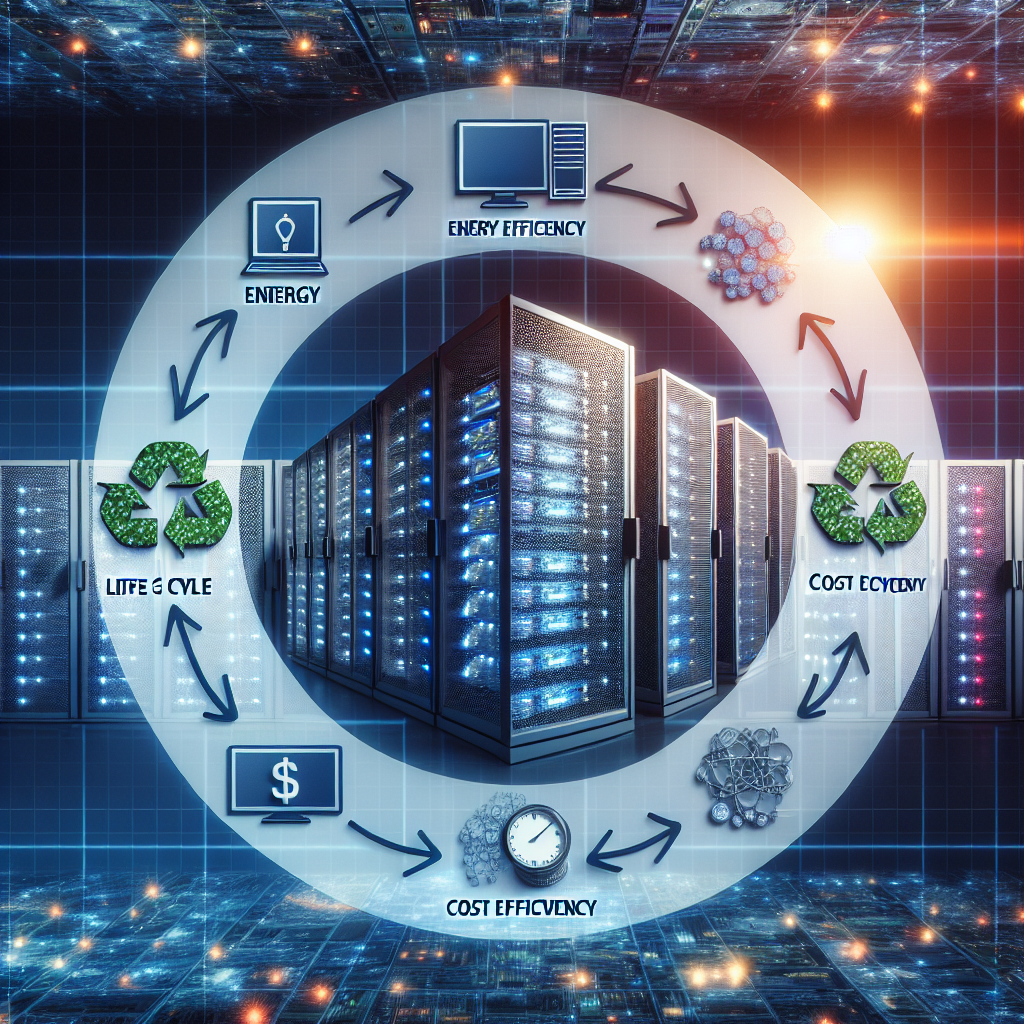Fix today. Protect forever.
Secure your devices with the #1 malware removal and protection software
In today’s rapidly evolving digital landscape, data centers play a crucial role in enabling businesses to store, manage, and process large volumes of data. As data continues to grow at an exponential rate, it is more important than ever for organizations to maximize efficiency and minimize costs in their data center operations. This is where data center lifecycle management comes into play.
Data center lifecycle management is a strategic approach to managing the entire lifecycle of a data center, from planning and design to operation and decommissioning. By implementing best practices and leveraging innovative technologies, organizations can optimize their data center operations to achieve cost savings, improve performance, and ensure business continuity.
Here are some key strategies for maximizing efficiency and minimizing costs in data center lifecycle management:
1. Strategic Planning: The first step in optimizing data center operations is to develop a comprehensive strategic plan that aligns with the organization’s business goals and objectives. This includes conducting a thorough assessment of current data center infrastructure, identifying areas for improvement, and establishing clear performance metrics.
2. Efficient Design: When designing a data center, organizations should prioritize energy efficiency, scalability, and flexibility. By incorporating best practices such as hot/cold aisle containment, efficient cooling systems, and modular design principles, organizations can reduce energy consumption and operational costs while ensuring the data center can easily adapt to changing business requirements.
3. Performance Monitoring: Regular monitoring and analysis of key performance indicators (KPIs) such as power usage effectiveness (PUE), server utilization, and cooling efficiency are essential for identifying opportunities to optimize data center performance and reduce costs. Real-time monitoring tools can provide valuable insights into the health and efficiency of the data center infrastructure.
4. Automation and Orchestration: Automation and orchestration technologies can streamline data center operations, improve resource utilization, and reduce human error. By automating routine tasks such as server provisioning, workload balancing, and system maintenance, organizations can free up IT staff to focus on more strategic initiatives while reducing operational costs.
5. Capacity Planning: Effective capacity planning is critical for ensuring that data center resources are utilized efficiently and cost-effectively. By forecasting future demand, organizations can proactively allocate resources, optimize server utilization, and avoid costly over-provisioning.
6. Decommissioning and Recycling: As data center hardware reaches the end of its lifecycle, organizations should have a plan in place for decommissioning and recycling outdated equipment. Proper disposal and recycling of old hardware not only reduces environmental impact but also helps organizations recover valuable materials and reduce disposal costs.
By implementing these strategies and best practices, organizations can maximize efficiency and minimize costs in their data center operations. Data center lifecycle management is an ongoing process that requires continuous monitoring, optimization, and innovation to stay ahead of the curve in today’s fast-paced digital economy. By taking a strategic approach to managing the entire lifecycle of their data centers, organizations can achieve significant cost savings, improve performance, and drive business success.
Fix today. Protect forever.
Secure your devices with the #1 malware removal and protection software

Leave a Reply
You must be logged in to post a comment.